For almost as long as Autocar has been published, Skoda has made cars – but these are the cars that made Skoda.
Laurent & Klement arrives
In the early days of motoring, it was even more important than it is today for a new brand to demonstrate its cars’ capabilities in order to gain the trust of potential buyers, such was the vast spread of manufacturers and the great variances in their mechanical ideas.
Laurin & Klement’s British agents relied on the standard method of long-distance runs. In April 1907, Autocar reported that one WE Burkin was “touring the provinces in an 8hp L&K, giving demonstration and trial runs to prospective purchasers” and the Bohemian car “has been running remarkably well and has shown itself capable of making a high average speed”.
Within weeks, we verified such reports ourselves, joining a two-car run from L&K’s London depot to Holyhead on Anglesey. We rode with an anonymous Austrian count as he sought to outstrip Frantisek Toman, a racer employed by the Mladá Boleslav factory (or Jungbunzlau, as we then called it).
Enjoy full access to the complete Autocar archive at the magazineshop.com
“We cannot remember having made a more delightful journey,” we concluded, praising the “good balancing of the engine, the ease of the springs and the reliability of the running” of the two-seat voiturettes, with their 8-9hp V2 engines. The only issue had been one misfiring on the final section, “probably due to an excess of oil”.
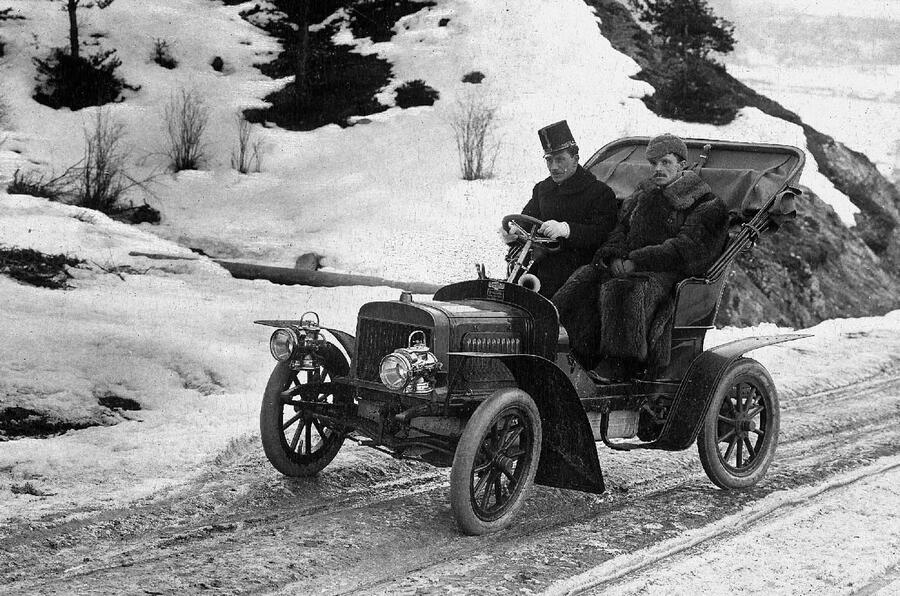
That October, a bigger, four-cylinder 14-16hp tourer solidified our admiration for L&K. “One of the car’s best points is in the steering, which is remarkably sensitive and easy,” we found. “The clutch is smooth in its action, and takes up the drive without shock or jerk.

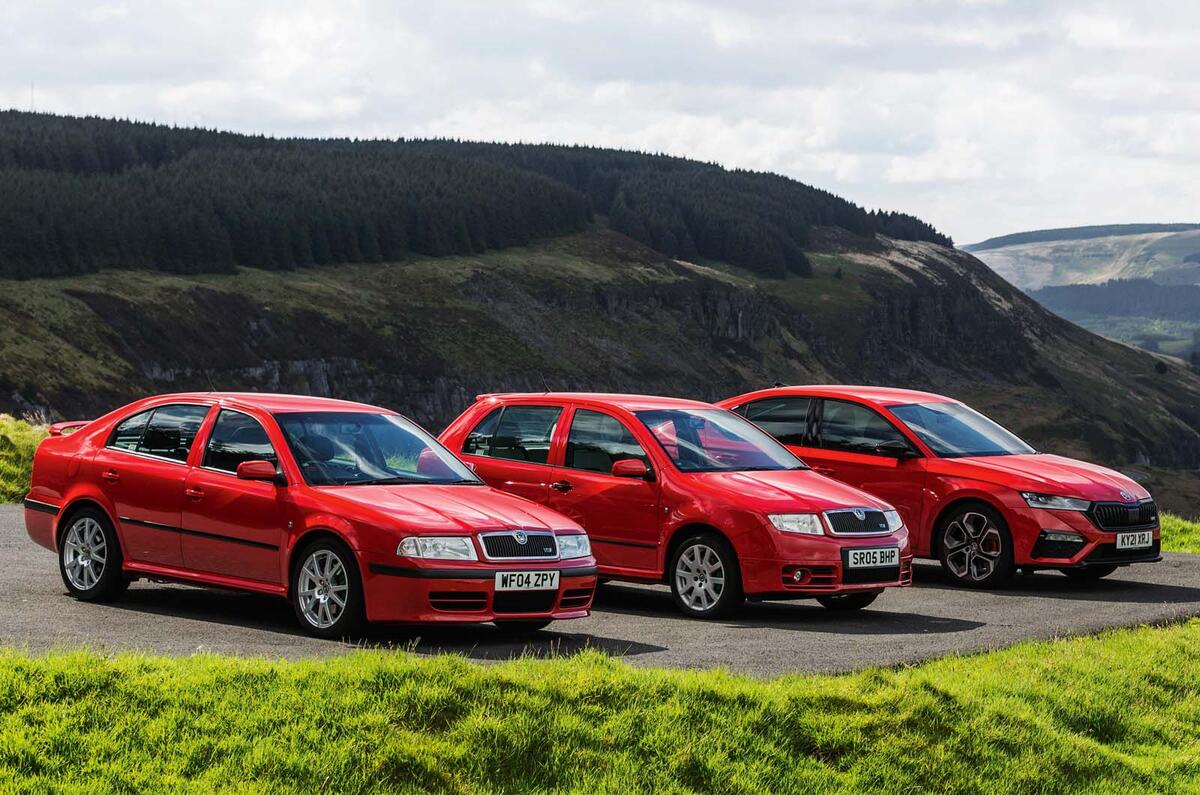



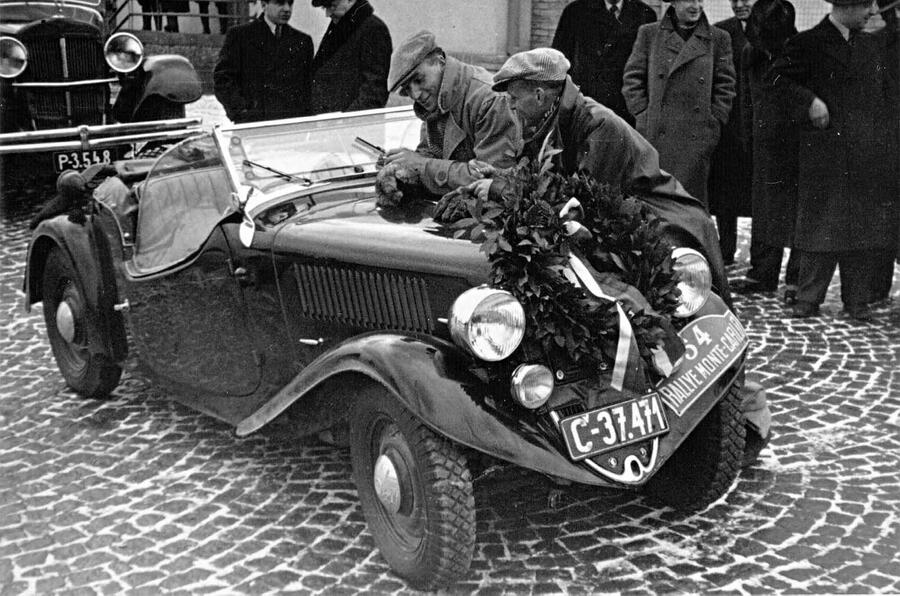
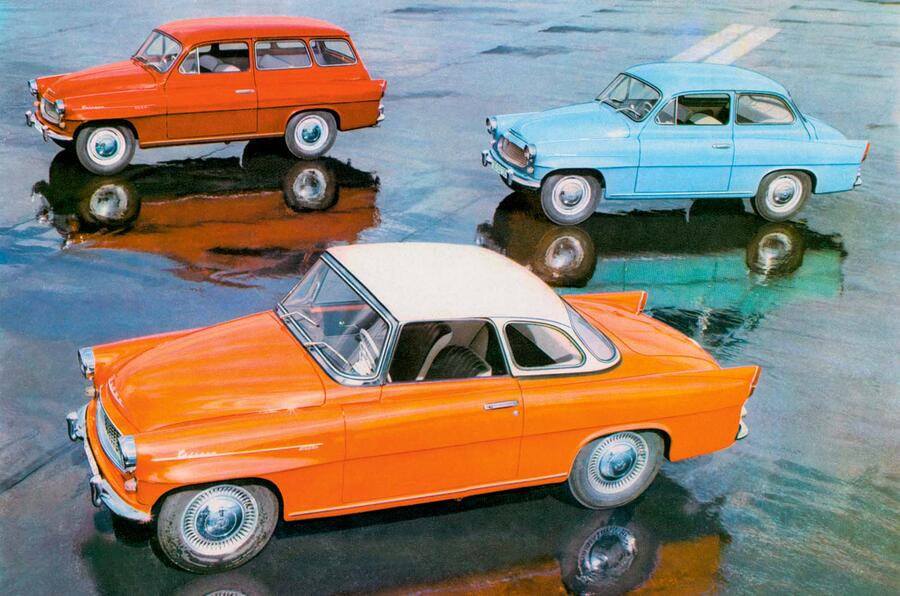
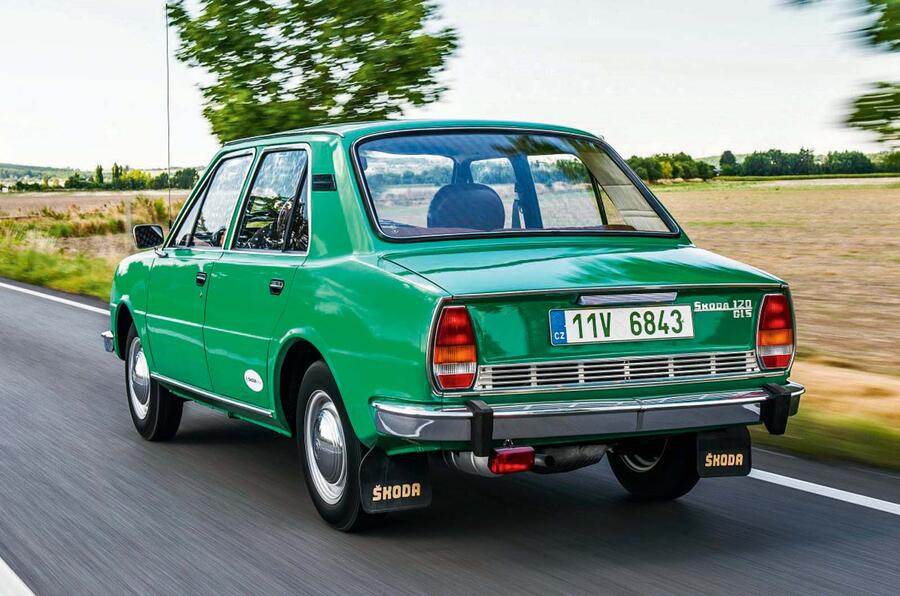
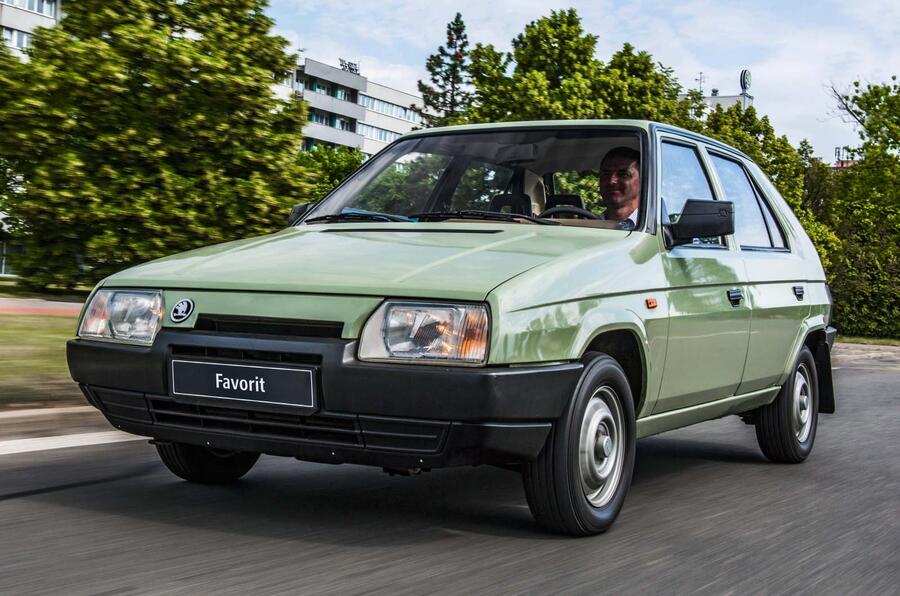


Add your comment